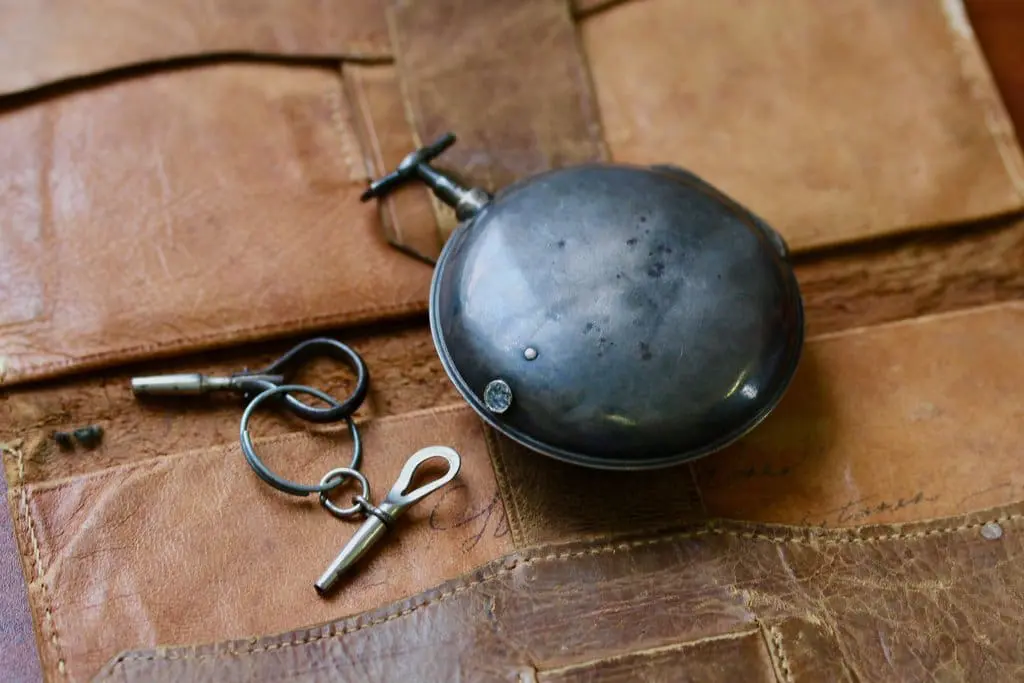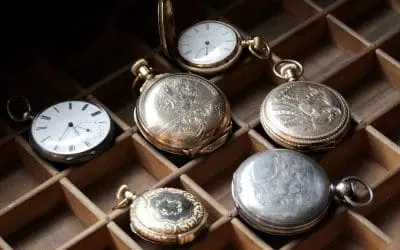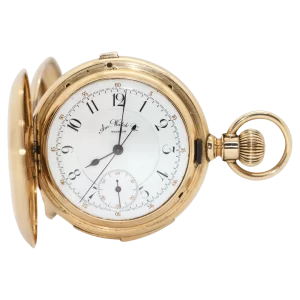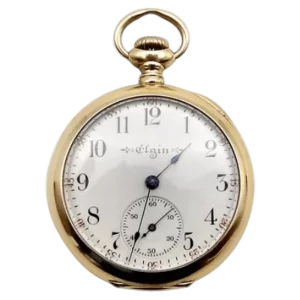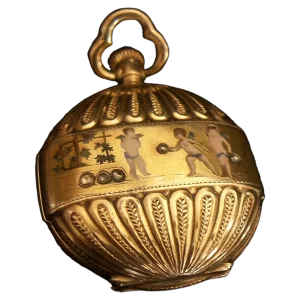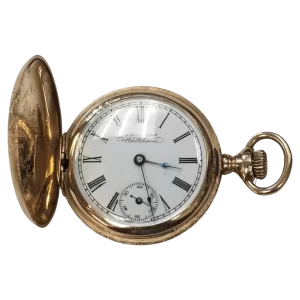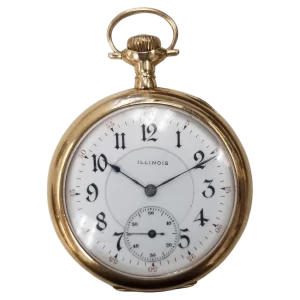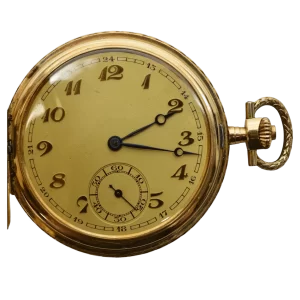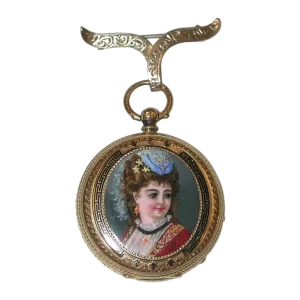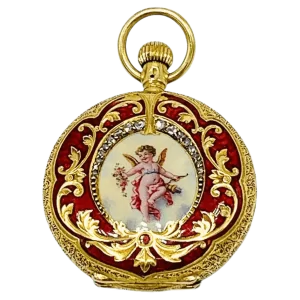Hardly a day goes by that I don’t get e-mail from somebody wanting my help in identifying an old pocket watch that they just bought or inherited. Often the person includes a ton of detail about the watch, but at the same time fails to give me the information I actually need to help them. So, if you’re thinking of writing to an “expert” for help with identifying your watch, here are some basic pointers.
In general, keep in mind that the watch movement is the key part of the watch – not the dial, not the case, not the hands. The case, dial and hands may affect the watch’s value, but they don’t help in identifying it.
Whenever possible, include a picture of the watch. And be sure to include a clear one of the movement.
Include EVERYTHING that is written on the watch movement. For American-made watches, the serial number is crucially important. And remember – the serial number of the watch will be written on the actual movement and NOT the case. Unless you are specifically trying to find out information on a case, such as whether it is gold, gold-filled, silver, etc., nothing written on the case will be much help in identifying the watch. The only real exception is European watches, which may have important information written on the dust cover instead of the movement.
Most pocket watches have a separate dial for the second hand located near the 6. You don’t need to mention this. What would be interesting, though, is if there were no second hand, or if the second hand were in the center, or if there were any additional dials [day/date, wind indicator, etc.]

